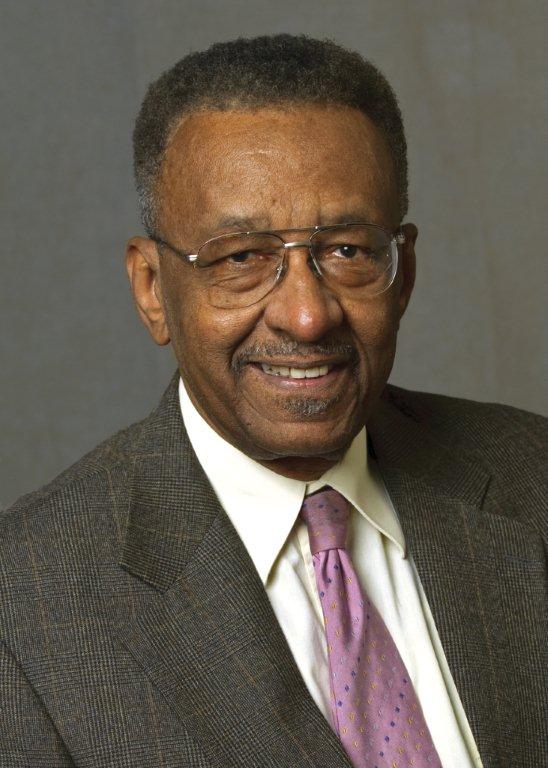Each year, roughly 7,000 blacks are murdered. Ninety-four percent of the time, the murderer is another black person. According to the Bureau of Justice Statistics, between 1976 and 2011, there were 279,384 black murder victims. Using the 94 percent figure means that 262,621 were murdered by other blacks. Though blacks are 13 percent of the nation’s population, they account for more than 50 percent of homicide victims. Nationally, black homicide victimization rate is six times that of whites, and in some cities, it’s 22 times that of whites. Coupled with being most of the nation’s homicide victims, blacks are most of the victims of violent personal crimes, such as assault and robbery.
The magnitude of this tragic mayhem can be viewed in another light. According to a Tuskegee Institute study, between the years 1882 and 1968, 3,446 blacks were lynched at the hands of whites. Black fatalities during the Korean War (3,075), Vietnam War (7,243) and all wars since 1980 (8,197) come to 18,515, a number that pales in comparison with black loss of life at home. It’s a tragic commentary to be able to say that young black males have a greater chance of reaching maturity on the battlefields of Iraq and Afghanistan than on the streets of Philadelphia, Chicago, Detroit, Oakland, Newark and other cities.
A much larger issue is how might we interpret the deafening silence about the day-to-day murder in black communities compared with the national uproar over the killing of Trayvon Martin. Such a response by politicians, civil rights organizations and the mainstream news media could easily be interpreted as “blacks killing other blacks is of little concern, but it’s unacceptable for a white to kill a black person.”
There are a few civil rights leaders with a different vision. When President Barack Obama commented about the Trayvon Martin case, T. Willard Fair, president of the Urban League of Greater Miami, told The Daily Caller that “the outrage should be about us killing each other, about black-on-black crime.” He asked rhetorically, “Wouldn’t you think to have 41 people shot (in Chicago) between Friday morning and Monday morning would be much more newsworthy and deserve much more outrage?” Former NAACP leader Pastor C.L.
Bryant said the rallies organized by Al Sharpton and Jesse Jackson suggest there is an epidemic of “white men killing black young men,” adding: “The epidemic is truly black-on-black crime. The greatest danger to the lives of young black men are young black men.”
Not only is there silence about black-on-black crime; there’s silence and concealment about black racist attacks on whites — for example, the recent attacks on two Virginian-Pilot newspaper reporters set upon and beaten by a mob of young blacks. The story wasn’t even covered by their own newspaper. In March, a black mob assaulted, knocked unconscious, disrobed and robbed a white tourist in downtown Baltimore. Black mobs have roamed the streets of Denver, Chicago, Philadelphia, New York, Cleveland, Washington, Los Angeles and other cities, making unprovoked attacks on whites and running off with their belongings.
Racist attacks have been against not only whites but also Asians. Such attacks include the San Francisco beating death of an 83-year-old Chinese man, the pushing of a 57-year-old woman off a train platform and the knocking of a 59-year-old Chinese man to the ground, which killed him. For years, Asian school students in New York and Philadelphia have been beaten up by their black classmates and called racist epithets — for example, “Hey, Chinese!” and “Yo, dragon ball!” But that kind of bullying, unlike the bullying of homosexuals, goes unreported and unpunished.
Racial demagoguery from the president on down is not in our nation’s best interests, plus it’s dangerous. As my colleague Thomas Sowell recently put it, “if there is anything worse than a one-sided race war, it is a two-sided race war, especially when one of the races outnumbers the other several times over.”
Walter E. Williams is a professor of economics at George Mason University. To find out more about Walter E. Williams and read features by other Creators Syndicate writers and cartoonists, visit the Creators Syndicate Web page at www.creators.com.
COPYRIGHT 2012 CREATORS.COM
